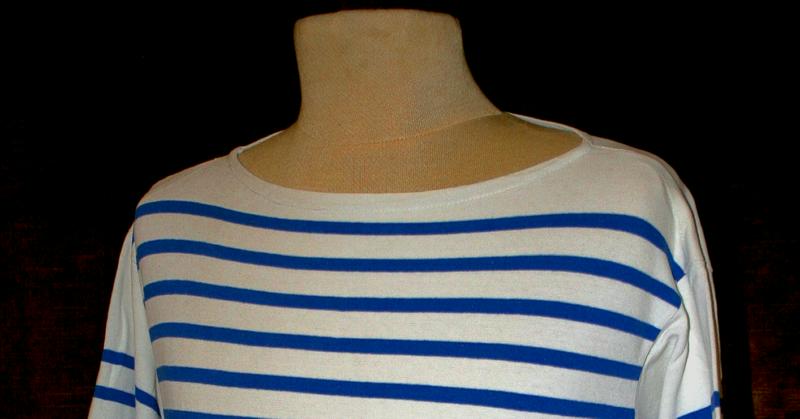From Napoleon To Kate Middleton, The Breton Shirt Has A Long And Noble History
By | June 7, 2022

It's rare for a garment of utilitarian origin to become something akin to a national uniform, but it has happened from time to time. (We're looking at you, blue jeans!) No doubt, the most iconic fashion from France is the striped Breton shirt, a style brought to you straight from the legislature.
The Act of France Of 1858
The Act of France of 1858 gave the French Navy an official new uniform, consisting of a navy blue and white striped pullover shirt that made it easier to spot a sailor who had gone overboard. The Act required the shirt to have a wide neckline so a sailor could quickly remove it and wave it around to attract help, three-quarter sleeves so the cuffs were out of the way when a sailor was working, and 21 white stripes "each twice as wide as the 20 or 21 navy blue stripes" to symbolize Napoleon Bonaparte's 21 naval victories against the English and be made of cotton by independent tailors in Bretagne, which was the center of France's textile industry at the time. This is why it was initially known as a "Bretagne shirt," which was eventually shortened to "Breton."

Chanel And Picasso
After a trip to the French coast, fashion designer Coco Chanel, who was known for her cutting-edge styles and turning the ordinary into haute couture, unveiled her 1917 Nautical Collection. Drawing inspiration from the uniform of French sailors, she paired the Breton shirt with wide-legged trousers or a well-tailored jacket for a casual and sporty look that was also elegant and classic. As a result, the work shirt became a staple in the wardrobes of the fashion elite in France and around the world. Another person who had a hand in popularizing the Breton shirt was Spanish artist Pablo Picasso, who spent most of his adult life in France and found that the three-quarter sleeves allowed him to paint more freely than shirts with restrictive cuffs.

The Breton Shirt Today
Just as the designers of last century worked the Breton shirt into the latest fashion trends, today's models and influencers are still showing off its versatility. Have you seen Kate Moss in her Breton? Or George Clooney? Kate Middleton? David Beckham? Be on the lookout for the easy-to-spot stripes, and you'll see just how widespread the French naval shirt still is.

